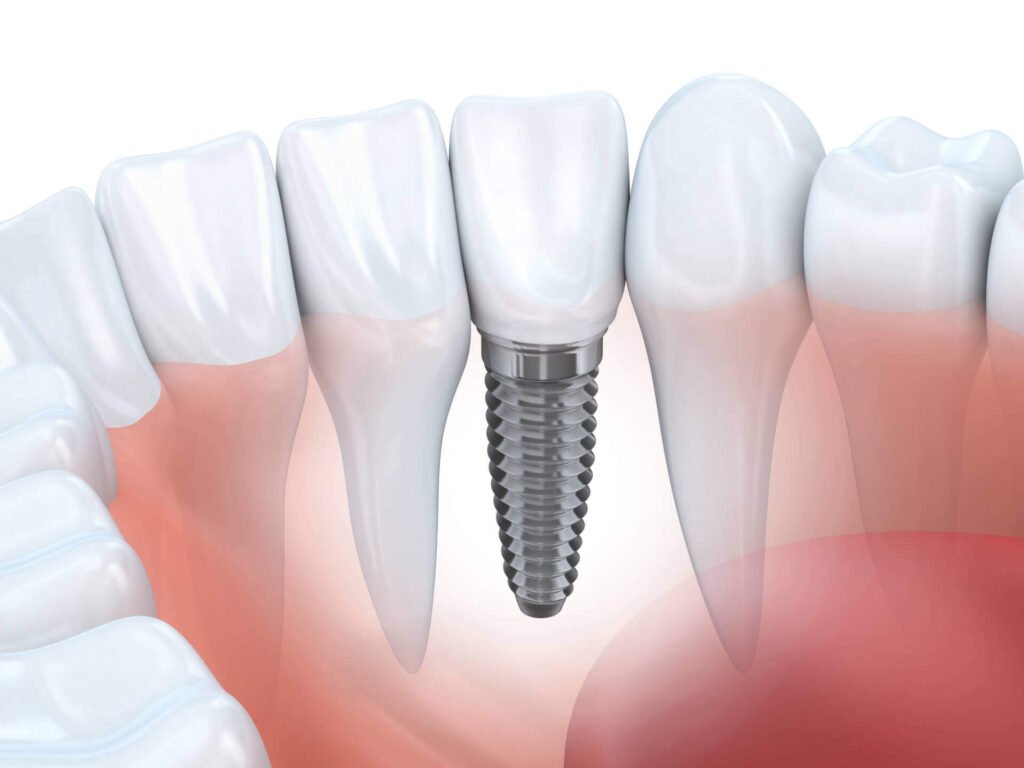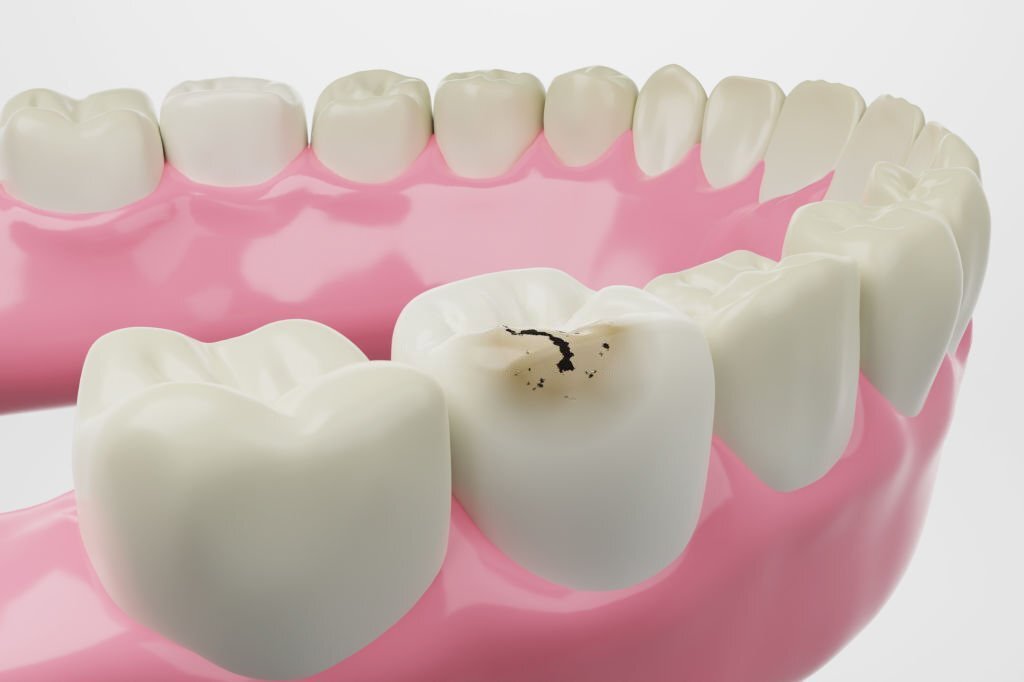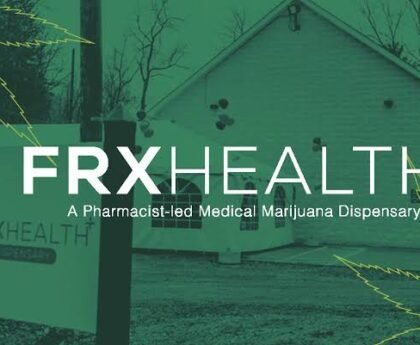- Introduction: Dispelling Myths and Clarifying Facts
- Understanding Teeth: More Than Just Bone
- Bone Structure and Composition: The Foundation of the Skeletal System
- Distinguishing Between Teeth and Bones: Key Differences
- Common Misconceptions and Clarifications
- Conclusion: Clarifying the Distinction
- FAQ’s
- Frequently Asked Questions About Teeth and Bones
Introduction: Dispelling Myths and Clarifying Facts
When it includes topics of anatomy, misconceptions often abound. One such undertaking count number variety that regularly generates confusion is whether or not teeth are categorized as bones. While teeth and bones share a few similarities, they’re splendid structures with specific traits and skills. In this article, we delve into the technological know-how within the lower back of teeth and bones, debunking the commonplace false impression and dropping a slight on their versions and similarities.
Understanding Teeth: More Than Just Bone
Teeth are often thought of as bones due to their tough, calcified form. However, teeth vary appreciably from bones in composition, form, and feature. Unlike bones, which can be essentially composed of collagen, a protein that offers flexibility and strength, teeth are composed of teeth, dentin, and cementum.
- Enamel, the outermost layer of the enamel, is the toughest substance in the human body. It serves as a shielding barrier, safeguarding the underlying layers of the teeth from damage and decay.
- Dentin: Beneath the enamel lies dentin, a calcified tissue that offers structural assistance to the tooth. Dentin isn’t as difficult as enamel but stays drastically durable.
- Cementum: Cementum covers the roots of the tooth, anchoring it securely within the jawbone. It plays an essential role in tooth balance and attachment to the surrounding tissues.
Bone Structure and Composition: The Foundation of the Skeletal System
Bones, however, shape the framework of the human body, imparting useful aid, safety, and mobility. They are dynamic systems composed of numerous components, which include:
- Collagen: The primary protein in bones, collagen gives flexibility and tensile power, permitting bones to resist strain.
- Calcium and phosphorus: These minerals give bones their hardness and density, contributing to their ability to maintain the frame’s weight and resist fractures.
- Bone Marrow: Found in the cavities of bones, bone marrow is responsible for producing blood cells and storing fats.
Distinguishing Between Teeth and Bones: Key Differences
While teeth and bones have a mineralized form, several key variations set them apart:
- Cellular Composition: Bones embody specialized cells, which embody osteoblasts, osteocytes, and osteoclasts, which facilitate bone growth, repair, and transformation. In assessment, enamel lacks these mobile components and does not go through non-preventive regeneration like bones.
- Vascularization: Bones are alternatively vascularized; this indicates that they’ve got a rich blood supply that nourishes the bone tissue and permits metabolic strategies. Teeth, however, are non-vascularized, receiving nutrients and oxygen via the surrounding tissues in preference to the inner.
- Attachment to the Skeleton: While bones are firmly connected to the skeletal tool via ligaments and joints, teeth are anchored in the jawbone via periodontal ligaments, which permit moderate mobility within the route of chewing and talking.
Common Misconceptions and Clarifications

Despite the clean variations among enamel and bones, the false impression that enamel is a form of bone persists. This misconception may additionally stem from their similar appearance and the reality that both structures are composed of calcium-phosphate minerals. However, it’s essential to recognize and clear up this misconception to keep away from wrong facts.
Conclusion: Clarifying the Distinction
In fact, at the same time as enamel and bones share a few similarities in their mineralized composition, they may be first-rate anatomical structures with particular competencies and tendencies. Understanding the versions amongst teeth and bones is crucial for proper anatomical understanding and the right dental care. By dispelling the parable that teeth are bones, we’re able to foster a higher level of expertise in human anatomy and promote an oral fitness hobby.
FAQ’s
Frequently Asked Questions About Teeth and Bones
1. Are teeth taken into consideration as bones?
No, teeth aren’t categorized as bones. While they share some similarities in their difficult, mineralized form, teeth vary notably from bones in composition, cell makeup, and function.
2. What are the principle versions of teeth and bones?
- Composition: Teeth are generally composed of enamel, dentin, and cementum, just as bones embody collagen, calcium, and phosphorus.
- Cellular Makeup: Bones encompass specialized cells accountable for boom, restore, and reworking, even as teeth lack those cell components.
- Vascularization: Bones are exceedingly vascularized, just as teeth gather vitamins from surrounding tissues in preference to from blood.
- Attachment: Bones are related to the skeletal tool through ligaments and joints, while enamel is anchored inside the jawbone with the aid of periodontal ligaments.
3. Why are teeth regularly flawed for bones?
Teeth and bones have a tough, mineralized form that would result in confusion. Additionally, every tooth and bone incorporates calcium phosphate minerals, contributing to the false impression. However, information about the awesome differences among teeth and bones is vital for accurate anatomical expertise.
4. Can teeth regenerate like bones?
No, enamel does not regenerate like bones. While bones have the potential to undergo non-forestall growth, repair, and reworking because of the presence of specialized cells, teeth lack this capability. Once damaged, teeth cannot restore themselves and require intervention with fillings or dental restorations.
5. How can I preserve the health of my teeth and bones?
Maintaining particular oral hygiene practices, together with ordinary brushing, flossing, and dental check-ups, is important for preserving the health of your enamel. Consuming a balanced weight loss plan rich in calcium and vitamin D additionally helps with bone health. Additionally, staying physically energetic and retaining dangerous behaviors like smoking can help hold sturdy bones.
6. Are there any conditions that have an impact on every tooth and bone?
Yes, exceptional scientific situations, along with osteoporosis, can affect every tooth and bone. Osteoporosis is a bone ailment characterized by reduced bone density and advanced susceptibility to fractures. In immoderate times, it may bring about tooth loss due to reduced jawbone density and periodontal troubles.
7. Can dental fitness have an effect on normal bone fitness?
Yes, dental health can additionally have implications for general bone fitness. Poor oral hygiene and untreated dental situations, along with facet gum sickness, can contribute to infection and contamination, which can also have an effect on the encompassing bone tissue. Maintaining the right oral hygiene behavior and seeking out spark-off dental care can help preserve dental and famous bone health.
eight. Should I seek advice from a dentist or a medical health practitioner for worries about my teeth or bones?
For concerns in particular related to dental fitness, such as toothaches, gum ailments, or oral lesions, it is amazing to be trying to find advice from a dentist. However, if you have broader concerns about bone fitness or suspect situations like osteoporosis, it can be endorsed that you are looking for advice from a systematic health practitioner or professional in bone fitness, which incorporates an orthopedist or rheumatologist.
Is this verbal exchange useful so far?




